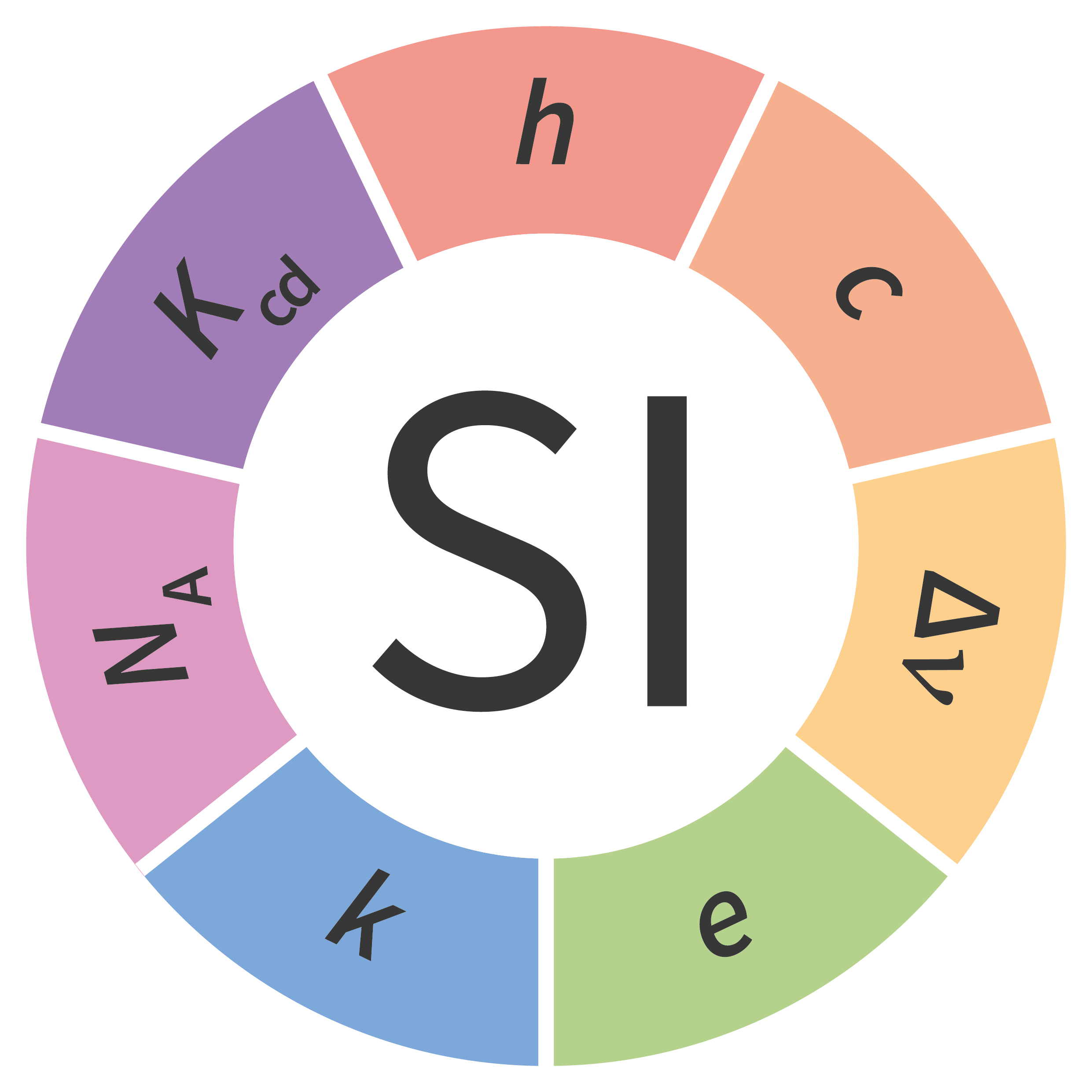India Adopts New Definition of Kilogram: How It Will Affect Your Life!
On World Metrology Day, India adopted a global resolution to redefine four of the seven base units― kilogram, Kelvin, mole and ampere, a move expected to have far-reaching effects. Find out what they are!

As of 20 May 2019, the definition of a kilogram has changed!
The International Bureau of Weights and Measures (BIPM) had agreed to change the way we measured weight in November 2018, and as of the World Metrology Day on Monday, the kilogram has shed its 130-year-old definition to be more accurate and consistent.
From a material measure to a natural constant

India became a member of the BIPM in 1957, and with that, the country adopted the global standard of measures. Quantities like concentration, current, temperature and time were measured in mole, ampere, Kelvin and seconds, respectively. Each of these measures was defined by unchanging, physics constants.
For instance, a second is the time it takes for x amount of energy to be released as radiation from atoms of Caesium-133.
As complicated as this system is, it ensures that a second is the same, irrespective of who measures it and where.
The kilogram was the only measure of the International System of Units (SI), that was, until yesterday, defined by the weight of a metal cylinder called Le Grand K, kept under lock and key in Paris.
Although the platinum-iridium cylinder was locked in a jar, it was losing mass. Over the past few decades, it had lost about 50 micrograms. Even if the change in the weight is only microscopic, it still is, change.
And so, it was necessary to define the kilogram according to a natural, physical constant.
“For all times, for all people”

Le Grand K was the “one true kilogram” for nearly 130 years, and all other standards of weight measurements were adjusted to match its weight. This included the prototype for national reference standards at the CSIR—National Physical Laboratory (NPL) in Delhi.
But since the cylinder was inconsistent—in that its weight changed over time—the definition did not comply with the metric system’s motto—for all times, for all people.
Martin Milton, Director, BIPM, told the Associated Press, “The system will be intrinsically correct by reference to the laws of science, the laws of nature. We won’t have to depend on just assuming that one particular object never changes… everything else has been recycled and replaced and improved.”
To make the kilogram constant, the instrument of its measurement will be shifted from Le Grand K to a Kibble balance.
The Kibble balance is much like the weight balance that your vegetable vendor carries.
The vendor uses a standard of a few grams or a kilogram on one scale and keeps the object to be purchased in the other. The force of gravity needed to pull each of the scales determines their weight. Simply put, the scale that tips below is heavier. If both balance equally, the weight is equal.
In the Kibble balance, one of these scales is replaced by a coil in a magnetic field. The difference in the masses is balanced with electromagnetic force instead of gravity. This shift helped the scientists determine the value of the Planck Constant, which is the smallest action possible, by a photon. It is valued at 0.000000000000000000000000000000000662607015 metre-squared kilograms per second (6.626176*10^-34 joule- seconds).
Terry Quinn, Emeritus Director, BIPM, told the Science Alert, “It is only now that we can define the kilogram in terms of a constant of physics—the Planck constant, the speed of light and the resonant frequency of the caesium atom… Why all three? This is because the units of the Planck constant are kgm2s-1, so we need first to have defined the metre (in terms of the speed of light) and the second (in terms of the caesium atom in the atomic clock).”
Under the new definition, the magnitude of a kilogram is “set by fixing the numerical value of the Planck constant to be equal to exactly 6.626 069… × 10–34 when it is expressed in the SI unit s–1 m2 kg, which is equal to J s.”
Due to the change in the kilogram’s definition, the base units of the ampere (current), Kelvin (temperature) and mole (amount of substance) also underwent changes.
So what changes?

Although the definition of a kilogram has undergone a much-needed change, the actual measurement hasn’t. So, it should not affect your life in any manner. The mass that measured 1 kg would still measure the same, “plus or minus 1 or 2 nanograms”.
Following this historic change, school and college textbooks in India are set to include it in their curriculum. The CSIR-NPL is also set to get its own Kibble Balance.
You May Also Like: Indian-Origin Scientist Co-Finds Water on Peanut-Shaped Asteroid, Itokawa!
Speaking to The Hindu, Dr Dinesh Agarwal, Director, NPL, said, “We’ve already written to the NCERT and the AICTE to update the curriculum. A Kibble Balance capable of measuring at least a kilogram takes about ₹50 crore to manufacture. So it’s still a work in progress… With our own Kibble Balance capable of measuring a kilogram, we can be fully independent.”
(Edited by Shruti Singhal)
Like this story? Or have something to share? Write to us: [email protected], or connect with us on Facebook and Twitter.
If you found our stories insightful, informative, or even just enjoyable, we invite you to consider making a voluntary payment to support the work we do at The Better India. Your contribution helps us continue producing quality content that educates, inspires, and drives positive change.
Choose one of the payment options below for your contribution-
By paying for the stories you value, you directly contribute to sustaining our efforts focused on making a difference in the world. Together, let’s ensure that impactful stories continue to be told and shared, enriching lives and communities alike.
Thank you for your support. Here are some frequently asked questions you might find helpful to know why you are contributing?


This story made me
-
97
-
121
-
89
-
167











